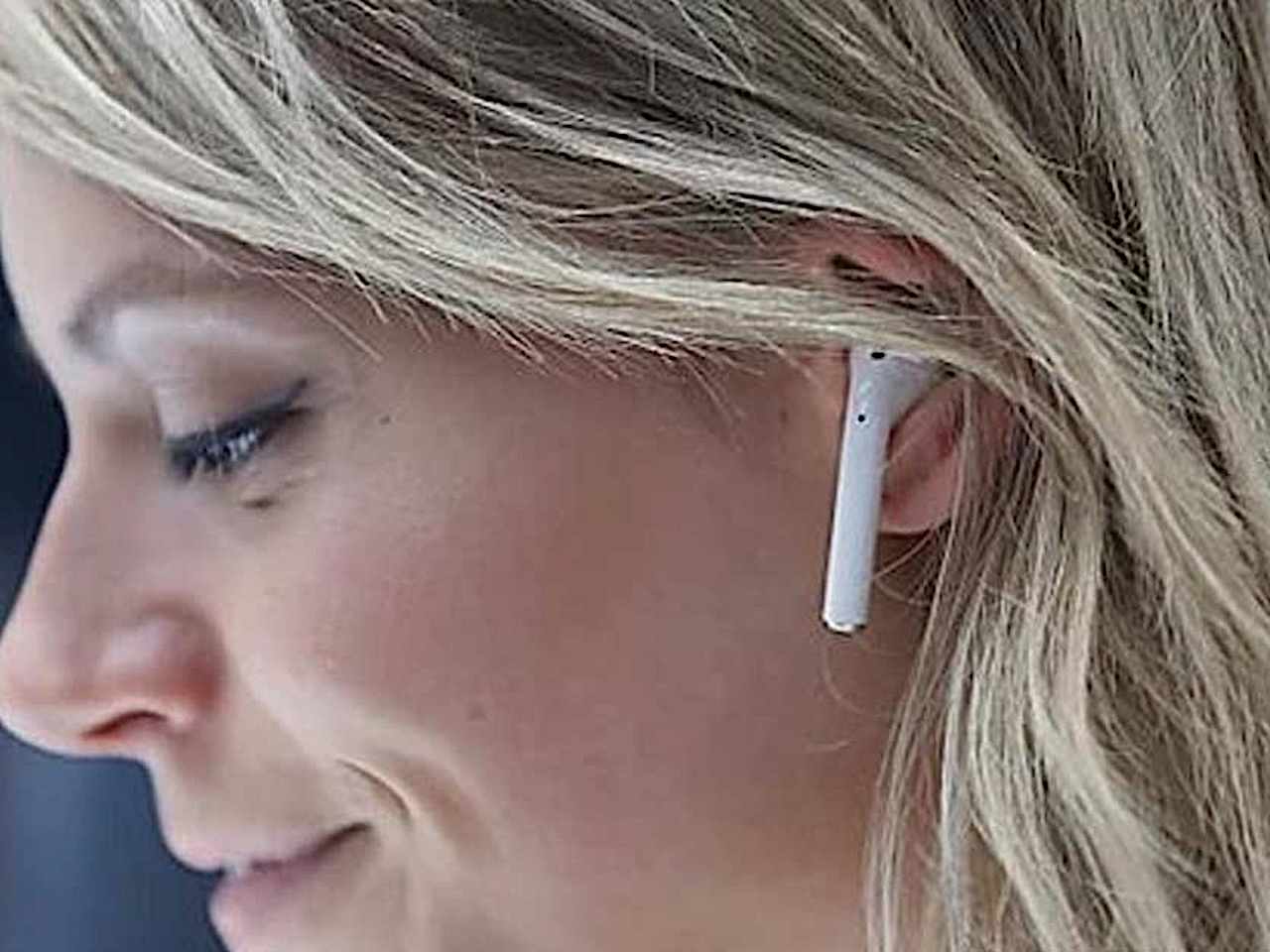Half of 11.7 lakh international students from China and India
Lubna Kably | TNN | May 2, 2019, 00:40 ISTHighlights
- Collectively, the number of “active” students from these countries, at 5.8 lakh, comprised 49.5% of the total international students who hold an F visa or an M visa for academic and vocational studies, respectively.
- The data was released recently in its raw form by the US department of homeland security (DHS) and was based on SEVIS figures.

Indian and Chinese citizens made up nearly half of the total 11.7 lakh international students in the United States as of March 2019. Other than the large numbers, though, students from the two countries share little in common, academics wise. Those from India dominated master’s courses whereas a larger percentage of Chinese students had enrolled for bachelor’s degrees.
Collectively, the number of “active” students from these countries, at 5.8 lakh, comprised 49.5% of the total international students who hold an F visa or an M visa for academic and vocational studies, respectively.
The data was released recently in its raw form by the US department of homeland security (DHS) and was based on SEVIS figures. SEVIS or the student and exchange visitor information system (SEVIS) is the database that the DHS uses to maintain and manage information on international students.
Nearly 75% or 1.6 lakh of the total 2 lakh active students from India had enrolled in master’s courses. Of these, 11% were studying for a bachelor’s degree and 10% were pursuing a doctorate.
While the raw data does not dissect the numbers into study streams, various other studies and anecdotal references indicate that a significant number of students from India opt for the science, technology, engineering, and mathematics (STEM) stream.
Typically, international students do seek to work in the host country for at least a few years. For those who aspire to work in the US, though, obtaining an H-1B work visa is challenging. Merely 85,000 such visas are issued annually with 20,000 reserved under the master’s cap. Plus, the selection process involves a lottery.
For the financial 2019-20 season, successful H-1B applicants would be permitted to work in the US from October at the earliest.
The recently announced lottery reversal mechanism, was implemented for the first time, this season. This means, USCIS first conducted the selection process of all H-1B cap applications. Then, it conducted a selection for those eligible for the masters’ cap. This would give those with a US master’s or a higher degree a better shot at getting selected through the lottery.
“Of course, it is clear that Indian students are already greatly focused on attaining US master’s degrees in STEM and this trend will continue. Thus, students who pursue higher levels of education will benefit statistically in the annual H-1B lottery from the new immigration regulations,” says David Nachman, managing attorney, NPZ Law Group.
Surprisingly, while the number of active students from China, at 3.7 lakh, far exceeded Indian, merely 31% of them had enrolled for a master’s course. Nearly 1.4 lakh or 37% had opted for bachelor’s courses.
According to media reports, lately Chinese students, especially those studying or planning to study robotics, aviation, engineering and hi-tech manufacturing—priority areas for the Made in China 2025 Industrial Policy—have been facing visa-related challenges. This is a fallout of the trade war between the US and China.
SEVIS-based data backed the trend captured in various research reports. The number of international students in the US is on the decline. At 11.7 lakh, student numbers on F and M visas had shrunk by approximately 3% from March 2018. The total number of students from India had shrunk marginally by 1% and those from China by 2%.
Collectively, the number of “active” students from these countries, at 5.8 lakh, comprised 49.5% of the total international students who hold an F visa or an M visa for academic and vocational studies, respectively.
The data was released recently in its raw form by the US department of homeland security (DHS) and was based on SEVIS figures. SEVIS or the student and exchange visitor information system (SEVIS) is the database that the DHS uses to maintain and manage information on international students.
Nearly 75% or 1.6 lakh of the total 2 lakh active students from India had enrolled in master’s courses. Of these, 11% were studying for a bachelor’s degree and 10% were pursuing a doctorate.
While the raw data does not dissect the numbers into study streams, various other studies and anecdotal references indicate that a significant number of students from India opt for the science, technology, engineering, and mathematics (STEM) stream.
Typically, international students do seek to work in the host country for at least a few years. For those who aspire to work in the US, though, obtaining an H-1B work visa is challenging. Merely 85,000 such visas are issued annually with 20,000 reserved under the master’s cap. Plus, the selection process involves a lottery.
For the financial 2019-20 season, successful H-1B applicants would be permitted to work in the US from October at the earliest.
The recently announced lottery reversal mechanism, was implemented for the first time, this season. This means, USCIS first conducted the selection process of all H-1B cap applications. Then, it conducted a selection for those eligible for the masters’ cap. This would give those with a US master’s or a higher degree a better shot at getting selected through the lottery.
“Of course, it is clear that Indian students are already greatly focused on attaining US master’s degrees in STEM and this trend will continue. Thus, students who pursue higher levels of education will benefit statistically in the annual H-1B lottery from the new immigration regulations,” says David Nachman, managing attorney, NPZ Law Group.
Surprisingly, while the number of active students from China, at 3.7 lakh, far exceeded Indian, merely 31% of them had enrolled for a master’s course. Nearly 1.4 lakh or 37% had opted for bachelor’s courses.
According to media reports, lately Chinese students, especially those studying or planning to study robotics, aviation, engineering and hi-tech manufacturing—priority areas for the Made in China 2025 Industrial Policy—have been facing visa-related challenges. This is a fallout of the trade war between the US and China.
SEVIS-based data backed the trend captured in various research reports. The number of international students in the US is on the decline. At 11.7 lakh, student numbers on F and M visas had shrunk by approximately 3% from March 2018. The total number of students from India had shrunk marginally by 1% and those from China by 2%.
Download The Times of India News App for Latest Business News.







































All Comments ()+^ Back to Top
Refrain from posting comments that are obscene, defamatory or inflammatory, and do not indulge in personal attacks, name calling or inciting hatred against any community. Help us delete comments that do not follow these guidelines by marking them offensive. Let's work together to keep the conversation civil.
HIDE